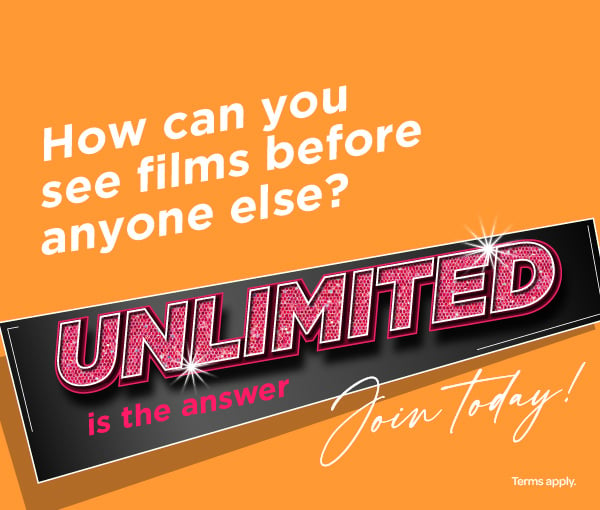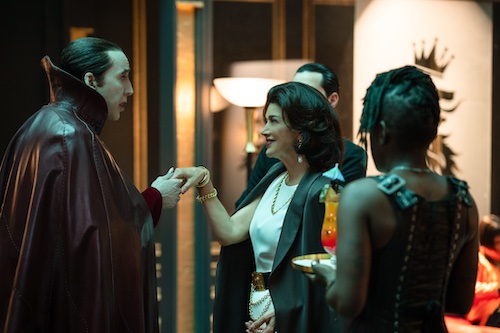
How's this for a must-see movie pitch: Nicolas Cage is Dracula. No, it's not a pipe dream – the singular performer now takes on the role of Bram Stoker's iconic monster in horror-comedy Renfield, which puts a morbidly funny twist on classic Dracula lore.
The history of Dracula on the big screen encompasses the entire life span of cinema itself. The feared Count has been treated to many memorable portrayals and so we're taking a stroll down memory line in anticipation of Renfield's release on April 17th.
1. German Expressionism:
Nosferatu (1922)
German actor Max Schreck still cuts an unforgettable figure in this pioneering masterpiece of silent cinema. Director F. W. Murnau beautifully plays with the multifaceted capability of light and shade in this loose adaptation of Bram Stoker's Dracula, which changed the name of its central monster to Count Orlok to circumvent copyright infringement.
Stoker's widow Florence was disgusted and led a legal campaign to destroy all copies of the movie and the German courts obliged, making it remarkable that Nosferatu still exists in any form. The fact it does is down to a single surviving copy, brought to the USA in the 1920s where the print was effectively granted asylum under US copyright law.
The German Expressionist movement, which emphasises jagged angles, painted shadows and surrealistic tableaux, perfectly augments Schreck's portrayal, which very much plays into the animalistic, horrific side of the vampire's personality. Schreck's angular features and bird-like hands set the standard for all future vampire portrayals and nowhere was this more apparent than the notorious staircase sequence, Orlok's hunched silhouette forever scouring itself into a viewer's memory.
Several decades later in 1979, the mercurial actor Klaus Kinski put his own intense spin on the character in Werner Herzog's creepy remake of Nosferatu.
2. Universal Monsters:
Dracula (1931)
In the early days of Hollywood, Universal Studios cornered the market on the creature feature craze. From The Mummy to Frankenstein and The Wolfman, Universal was quick to cash in on all manner of classic properties, in the process deploying then-cutting-edge prosthetic effects to give palpable tactility to these terrifying creations.
Arguably the most famous of these properties is Tod Browning's take on Dracula. Far removed from Max Schreck's silent, creeping interpretation of Count Orlock, Hungarian-American actor Bela Lugosi ramps up the fanged, vowel-stretching menace, and in the process cements many of the visual cliches we've come to associate with Dracula's big screen portrayal (the high-necked cape, for one).
Lugosi landed the role having first played Dracula on the Broadway stage in 1927. His famously ripe delivery of Stoker's original text ("Children of the night...") meant that Dracula defined the remainder of his career, for better and for worse.
3. Hammer Horror:
Dracula (1958)
Come the 1950s and cinematic attitudes towards sex and violence had changed dramatically. This allowed fledgling British studio Hammer to unleash a very different, altogether more seductive and sexually charged iteration of Dracula, one who could quite literally paint the town red. They just needed the right actor.
Enter the imperious Christopher Lee who, with his height and thousand-yard stare, breathed fresh life into Bram Stoker's classic creation. Lee's palpably physical performance embodies altogether more daring principles, evinced by the cut from a door closing to Dracula approaching a hapless victim in her bedroom. Such sequences feel like a violation of cinematic safety, taking us closer and closer towards a much more visceral take on the legend.
Although Lee would be defined by his memorable portrayal of Dracula, in truth he only played the role nine times (every time for Hammer) during the course of his illustrious, six-decade-long career. Lee's final screen appearance as the character would come in 1974's The Legend of the 7 Golden Vampires.
4. Blaxploitation:
Blacula (1972)
The fondly remembered Blaxploitation era of the early-1970s empowered actors of colour via stories of revenge, mayhem and vigilante justice. The period was dominated by Richard Roundtree's groundbreaking starring role in Shaft but there were many other fascinating Blaxploitation movies of the period that pushed boundaries in their own way.
Even the rich history of Dracula got the Blaxploitation treatment. In Blacula, directed by William Crain, actor William Marshall puts a memorable revisionist spin on age-old material. The narrative revolves around an 18th-century African prince named Mamuwalde, who is turned into a vampire (and later locked in a coffin) by Count Dracula in the Count's castle in Transylvania in the year 1780 after Dracula refuses to help Mamuwalde suppress the slave trade.
A box office success, Blacula later spawned a sequel Scream Blacula Scream in 1973.
5. Stage adaptation:
Dracula (1979)
Director John Badham's take on Dracula draws on both the original novel (albeit loosely) and the 1924 stage adaptation by Irish playwright Hamilton Deane. Badham's iteration leans more into the romantic allure of the Count, drawing on a saturnine performance from stage and screen veteran Frank Langella, who cuts quite the figure with his mane of hair and Bela Lugosi-esque cape.
In fact, the film was marketed as, 'A love story', steering away from the blood-sucking terror of the earlier Hammer Horror movies. With Langella at the centre (he had previously earned a Tony nomination for playing the role on Broadway), the distinguished cast also includes Laurence Olivier as Dracula's nemesis, Dr. Abraham Van Helsing, and Donald Pleasence as Dr. Jack Seward.
The movie's overwrought atmosphere is complemented by a sensuous, darkly Gothic score from John Williams, here making a relatively rare venture into out-and-out horror.
6. 1980s monster mash:
The Monster Squad (1987)
This cheeky take on Dracula pairs the character with revisionist versions of several other classic Universal Monsters. Something of a flop on release, the playful horror-comedy The Monster Squad is now held in affectionate regard by a generation of viewers who see the movie as their formative Dracula experience.
The Monster Squad describes the movie's central unit of pre-teen horror fans who idolise the classic Universal Studios horror craze. However, they soon discover that all the monsters are real, and are being spearheaded by the nefarious Count Dracula (Duncan Regehr, in a role that nearly went to Liam Neeson) to take over the world.
With its memorable practical effects from Stan Winston Studio and a bold score from Bruce Broughton, The Monster Squad stands up as a witty and occasionally scary twist on Dracula lore.
7. 1990s revival:
Bram Stoker's Dracula (1992)
Francis Ford Coppola's film is regarded by many as the greatest Dracula movie, one that positively drips and overflows with atmosphere. The movie possesses a surreal, stage-bound quality that emphasises practical, in-camera effects and prosthetics, further augmented by Eiko Ishioka's Oscar-winning costume designs and Wojciech Kilar's thunderous score.
The movie recalibrates Stoker's monster as a doomed romantic anti-hero, riding high off the back of Gary Oldman's acclaimed performance. The famously versatile actor transmits Vlad Dracul's tragic longing through dense layers of make-up, suggesting the once-human soul that has decayed and withered across vast oceans of time.
Throughout it all, we get a resonant sense of Dracul's quest: to track down his apparently resurrected love Mina (Winona Ryder), now apparently embodied as the love interest of clerk Jonathan Harker (Keanu Reeves). It's bombastic, overwrought and evidently shot through with a real love of the source material, both on the page and on the stage.
8. Noughties revisionism:
Dracula Untold (2014)
There's no getting away from the chilling legacy of Dracula. In the last couple of decades, no doubt sparked by the YA success of the Twilight saga, we've had all manner of Dracula interpretations from the Gerard Butler-starring Dracula 2000 (remember that one?) to the altogether more family-friendly Hotel Transylvania franchise.
The quality of these projects has been spotty, to say the least, the ambition of the stories not quite matching their eventual execution. Talking of executions, there's plenty of that in the action-packed Dracula Untold (surely Dracula has been told every which way by now), which crafts a whole new origin story for the vampire.
Wales' finest, Luke Evans, plays the Count as the alter-ego of the real-life historical figure Vlad III "the Impaler" Drăculea. Audiences evidently responded with the movie taking nearly three times its $70 million budget.
9. Nic Cage does Dracula:
Renfield (2023)
How has it taken this long for the reliably eccentric Nicolas Cage to play Dracula? Back in 1987, Cage starred in the ill-conceived Vampire's Kiss as a desk clerk who becomes convinced he is a vampire. In Renfield, however, Cage is the real deal: a pallid, spindly-fingered Dracula who clearly absorbs the stylistics of many big-screen interpretations from Max Shreck to Bela Lugosi and beyond.
Despite the intentional hamminess of Cage's portrayal, this Dracula is a sadistic one and not to be toyed with (he can even make priests explode upon command). This is bad news for Dracula's long-suffering familiar Renfield (Nicholas Hoult) who seeks to escape his master's shadow and make a new life for himself.
Getting to that point will involve a lot of limb-lopping gore (in the movie, Dracula has imbued Renfield with deadly fighting abilities) and black comedy, overseen by LEGO Batman director Chris McKay.
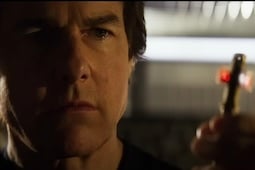
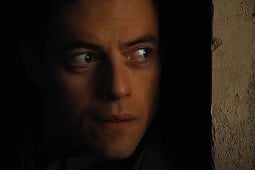

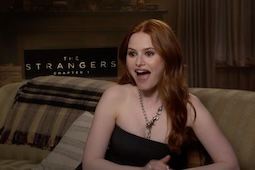

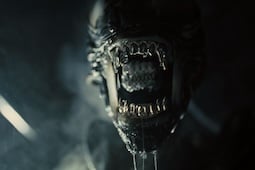
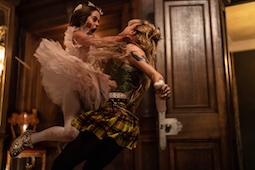
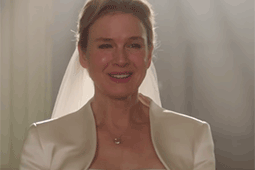




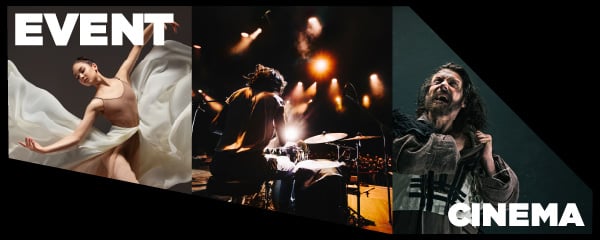
.jpg)
.png)

